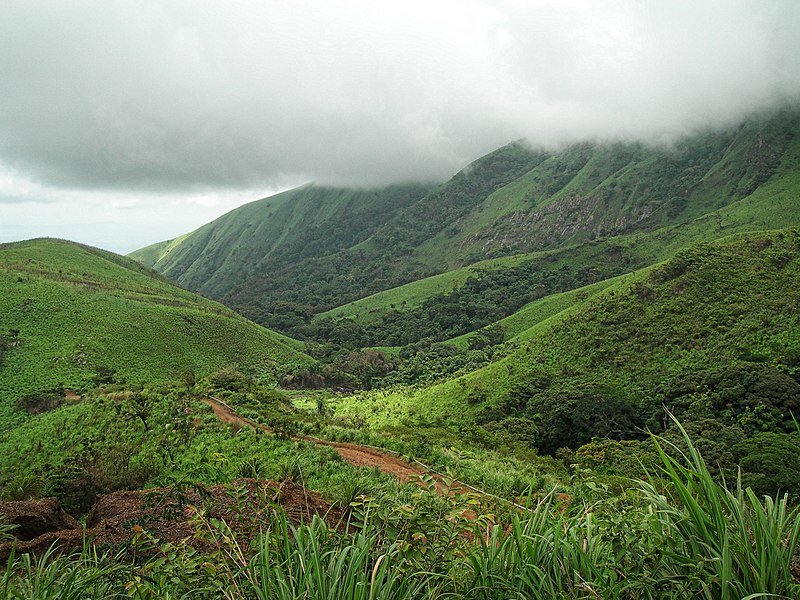Throughout history, many civilizations have risen to greatness, only to mysteriously vanish, leaving behind ruins and unanswered questions. These lost cultures, once thriving and influential, continue to puzzle historians and archaeologists alike. While we’ve uncovered traces of their remarkable achievements in art, architecture, and society, the reasons for their decline remain unclear. From advanced urban centers to intricate religious practices, these civilizations offer tantalizing glimpses into the past. Yet, their sudden disappearance has left a gap in our understanding of human history. Here are some of the most fascinating lost civilizations that still remain a mystery.
The Indus Valley Civilization
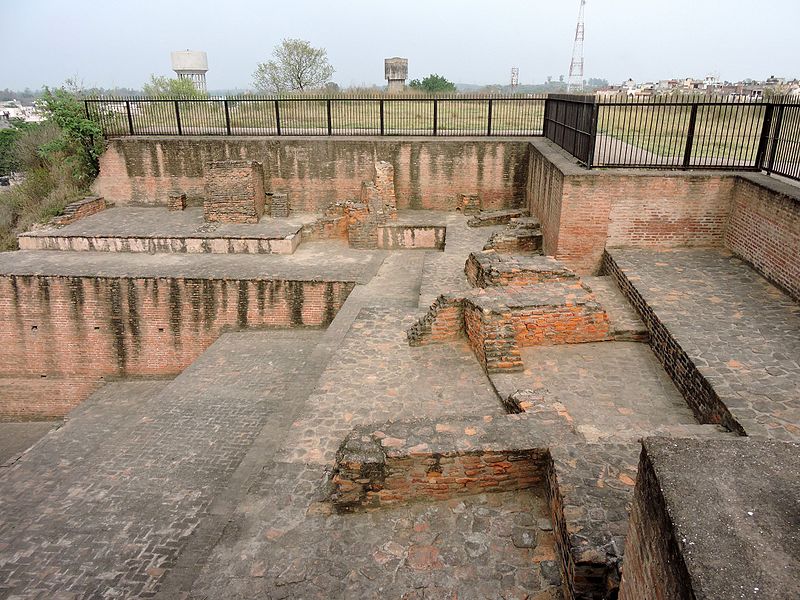
Thriving from 3300 to 1300 BCE, the Indus Valley Civilization stretched across modern-day Pakistan and India. This civilization boasted advanced urban planning, with well-structured cities like Harappa and Mohenjo-Daro featuring sophisticated drainage systems. Despite these achievements, historians are still baffled by their undeciphered script, leaving much of their language and culture shrouded in mystery. Remarkably, they were skilled in metallurgy, crafting intricate jewelry and tools. Yet, their sudden disappearance around 1900 BCE remains unexplained, with theories ranging from climate change to invasion. With no known records of warfare, their collapse continues to challenge researchers.
The Maya Civilization
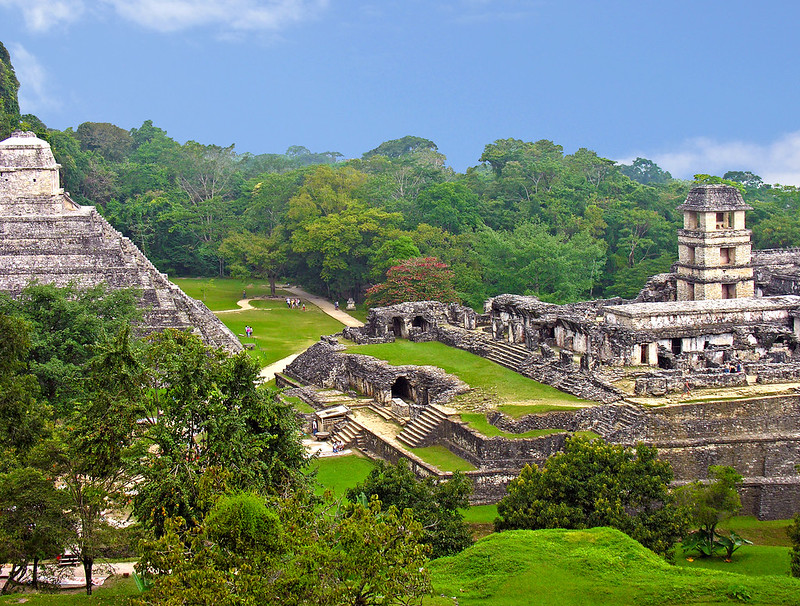
Once a dominant force in Mesoamerica, the Maya civilization reached its peak between 250 and 900 CE. Known for their impressive pyramids, sophisticated writing system, and complex calendar, the Maya civilization abruptly collapsed, leaving behind deserted cities in the jungles of Guatemala and Mexico. Archaeologists have found remnants of their astronomical knowledge, but many aspects of their religious practices remain unclear. Environmental degradation, internal conflict, and drought are often cited as possible reasons for their downfall. However, the exact cause remains a topic of heated debate. What’s more, their descendants still inhabit the region, keeping parts of their culture alive.
The Minoans
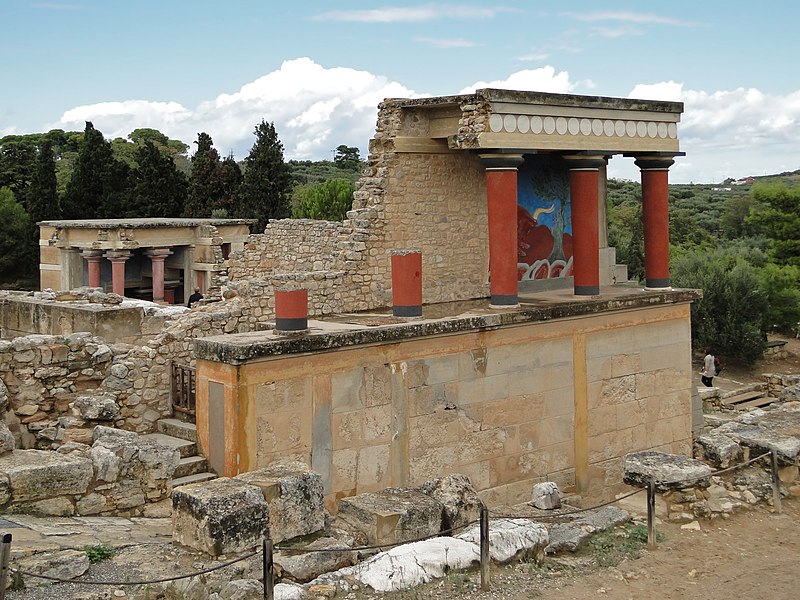
The Minoan civilization flourished on the island of Crete around 2000 to 1450 BCE. Known for the grand palace of Knossos and their advanced trading systems, the Minoans left behind a culture rich in art and architecture. However, their script, known as Linear A, remains undeciphered, frustrating historians’ attempts to fully understand their history. Many speculate that a volcanic eruption on the nearby island of Thera (modern-day Santorini) led to their decline, but it’s unclear if that was the sole reason. The civilization mysteriously disappeared, leaving behind ruins that hint at their once-prosperous life. Even today, their legacy is intertwined with ancient myths like that of the Minotaur.
The Olmec Civilization
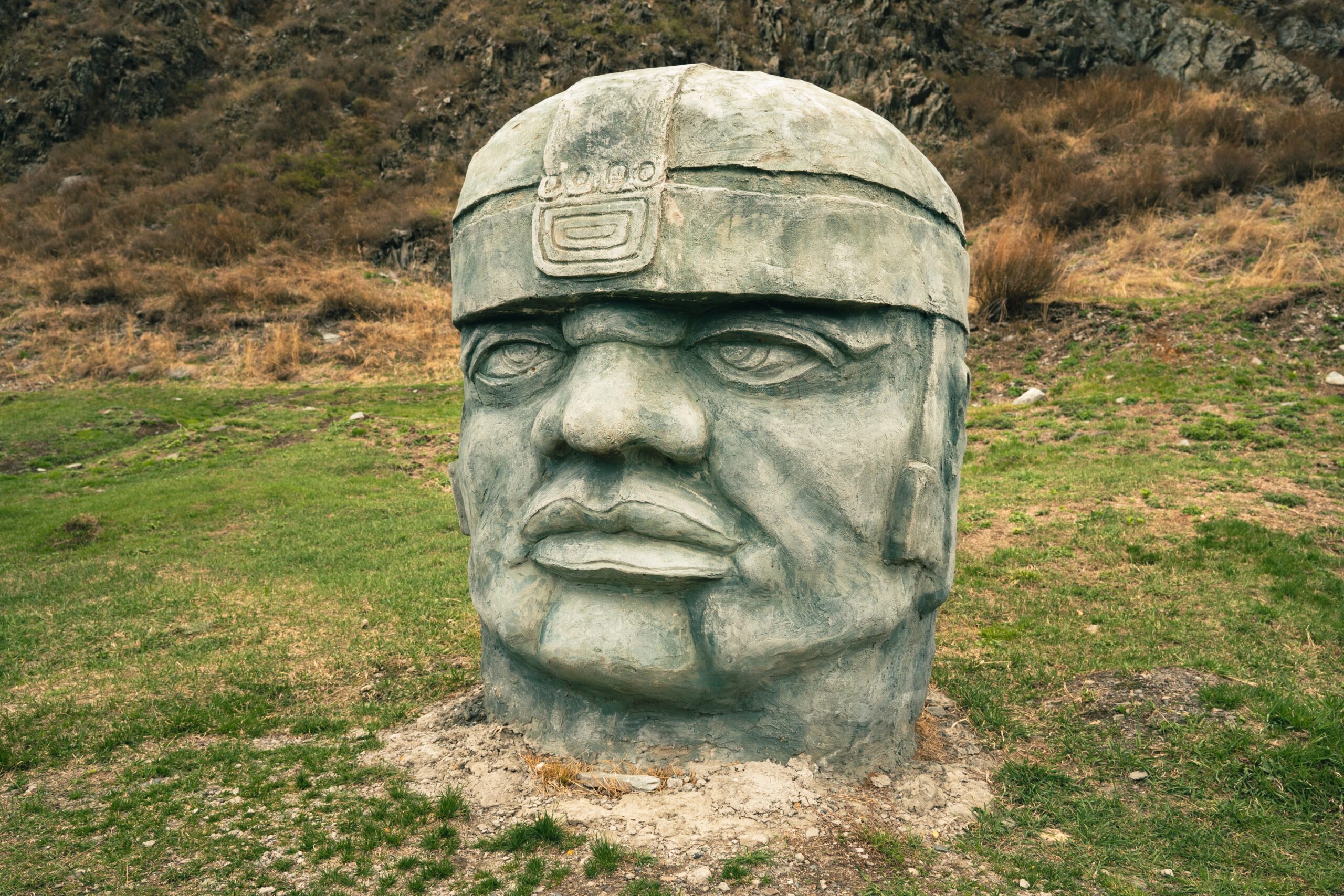
Often called the “mother culture” of Mesoamerica, the Olmec civilization thrived between 1500 and 400 BCE. They are perhaps best known for their colossal stone heads, some weighing up to 40 tons. Despite these impressive sculptures, much about the Olmec people remains a mystery, including their religious practices and the purpose of their ceremonial centers. What caused their sudden decline is still unclear, as no records of major conflicts or invasions have been discovered. It’s also a puzzle how they influenced later cultures, such as the Maya and the Aztec. Their art and architecture continue to fascinate scholars to this day.
The Ancestral Puebloans
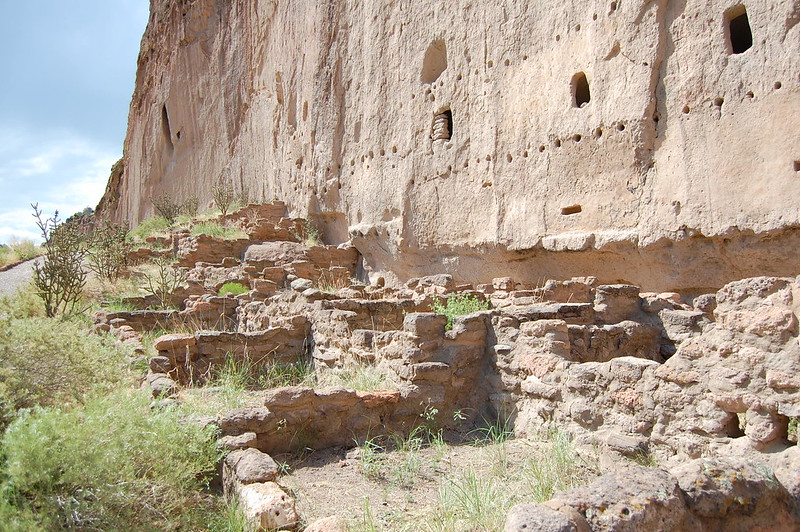
Living in the American Southwest, the Ancestral Puebloans built intricate cliff dwellings between 900 and 1300 CE. Sites like Mesa Verde and Chaco Canyon showcase their advanced knowledge of construction and astronomy. They mysteriously abandoned their homes by the late 13th century, leading to speculation about why they left. Environmental factors like drought, combined with social and political unrest, are often suggested as possible causes. However, there is no conclusive evidence to explain their sudden departure. The question of where they went and why their culture changed so dramatically still puzzles historians.
The Nok Civilization
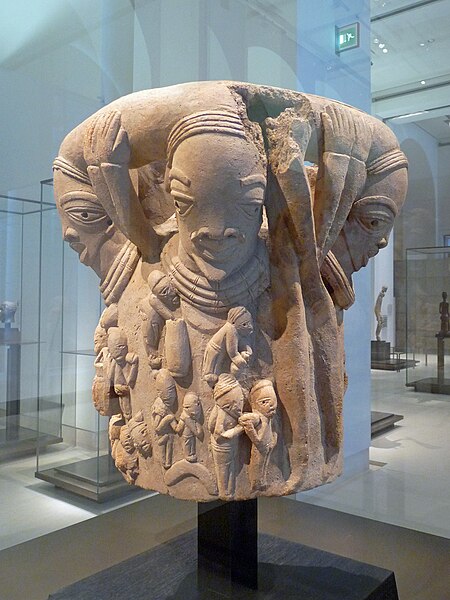
The Nok civilization, located in what is now Nigeria, thrived from 1000 BCE to 300 CE. Famous for their terracotta sculptures, the Nok left behind little else for archaeologists to study, and their written language, if one existed, has yet to be discovered. What makes their society even more puzzling is that their art appears incredibly advanced for the time, suggesting a well-organized and culturally rich society. Yet, after centuries of prosperity, they vanished, and no clear evidence explains why. Trade routes, climate change, or internal strife could have played a role, but nothing is certain. Their legacy lives on through their enigmatic art, which continues to amaze the world.
The Hittites
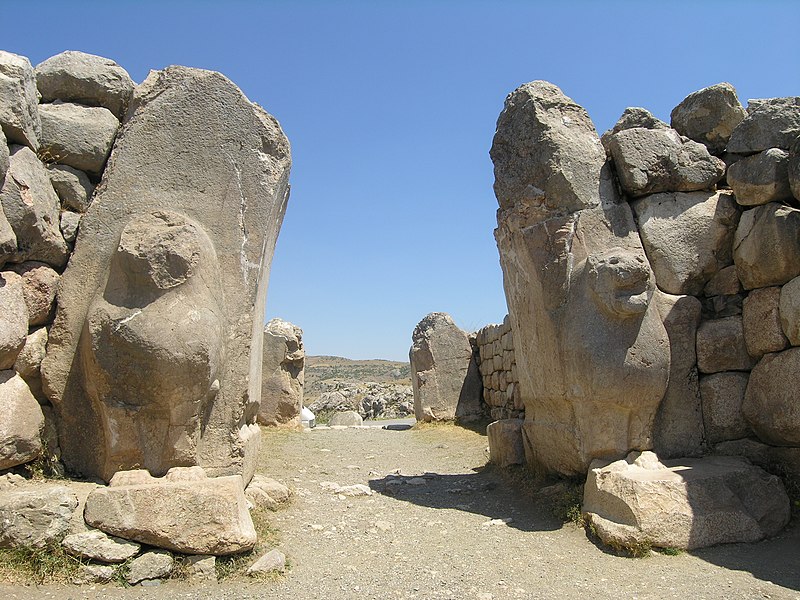
Rising to power in Anatolia around 1600 BCE, the Hittites built a powerful empire that rivaled Egypt and Babylon. They were among the first to use iron weapons, and their military innovations allowed them to conquer vast territories. Despite their prominence, much of their history was forgotten until the 19th century when archaeologists began unearthing their cities. The reasons behind their sudden collapse around 1200 BCE are still debated. It’s unclear whether external invasions or internal strife played a bigger role in their downfall. The rediscovery of their capital, Hattusa, has revealed a wealth of information, but many questions remain unanswered.
The Nabataeans
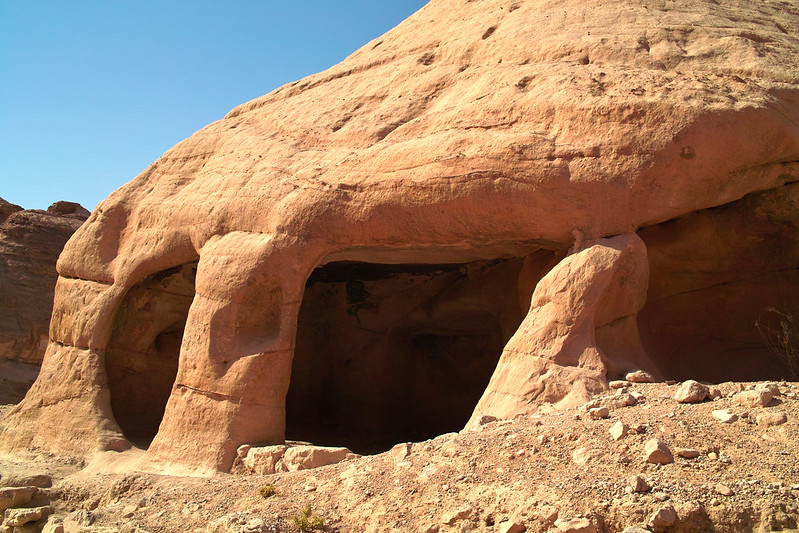
The Nabataeans were an ancient Arab civilization that thrived in the deserts of modern-day Jordan, particularly around the city of Petra. Their impressive rock-cut architecture and advanced water management systems made them a prosperous society in an unforgiving landscape. However, despite their achievements, their decline is poorly understood. Some historians suggest that changing trade routes led to their downfall, while others point to Roman conquest as the main factor. What is clear is that by the 4th century CE, their cities had largely been abandoned. The disappearance of this once-thriving culture continues to intrigue researchers.
The Khmer Empire
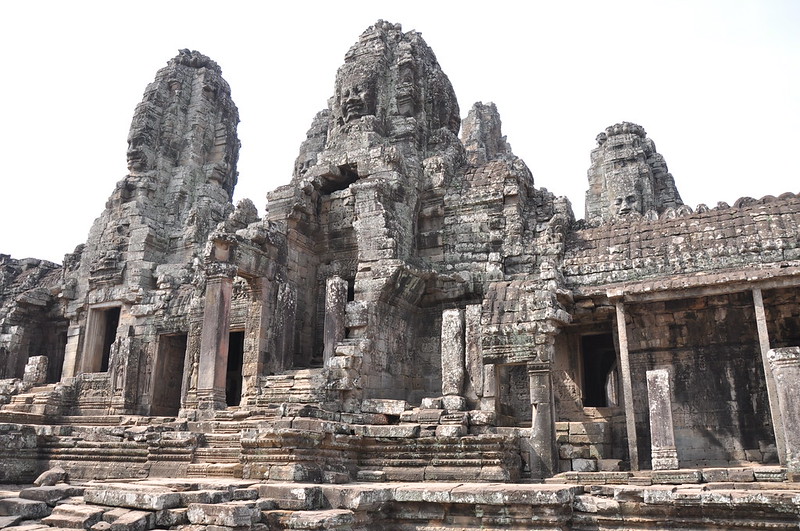
At its height between the 9th and 15th centuries, the Khmer Empire controlled much of Southeast Asia, with Angkor Wat as its architectural jewel. Their sophisticated water management system supported a large population, but by the 15th century, the empire had crumbled. The reasons for this collapse are still debated, with climate change, overpopulation, and military defeats being possible factors. However, the lack of clear historical records leaves much about their decline shrouded in mystery. Despite their fall, the remnants of their capital city still inspire awe, standing as a testament to their engineering genius. Historians continue to search for answers to the puzzle of their sudden decline.
The Cucuteni-Trypillians
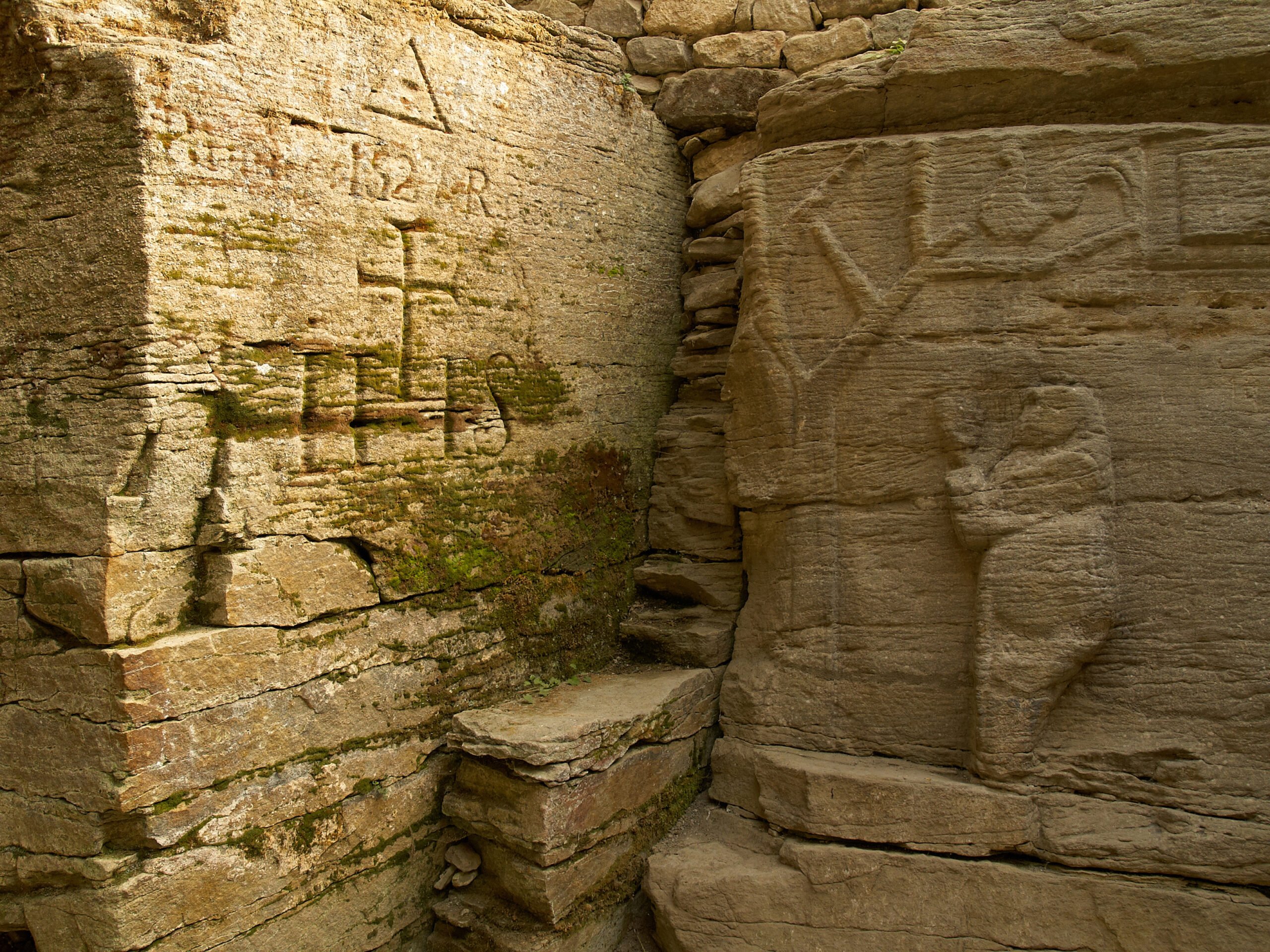
Flourishing in Eastern Europe from 4800 to 3000 BCE, the Cucuteni-Trypillian culture was one of the largest and most sophisticated Neolithic civilizations. Their settlements, some of which housed up to 15,000 people, were incredibly advanced for the time. Archaeologists are baffled by their periodic abandonment and burning of their cities, a practice still unexplained. They crafted intricate pottery and lived in multi-storied homes, but no one knows why their society vanished. Some theories suggest climate change or invasions as possible causes. Even today, the true reasons for their disappearance remain elusive.
The Rapa Nui (Easter Island)
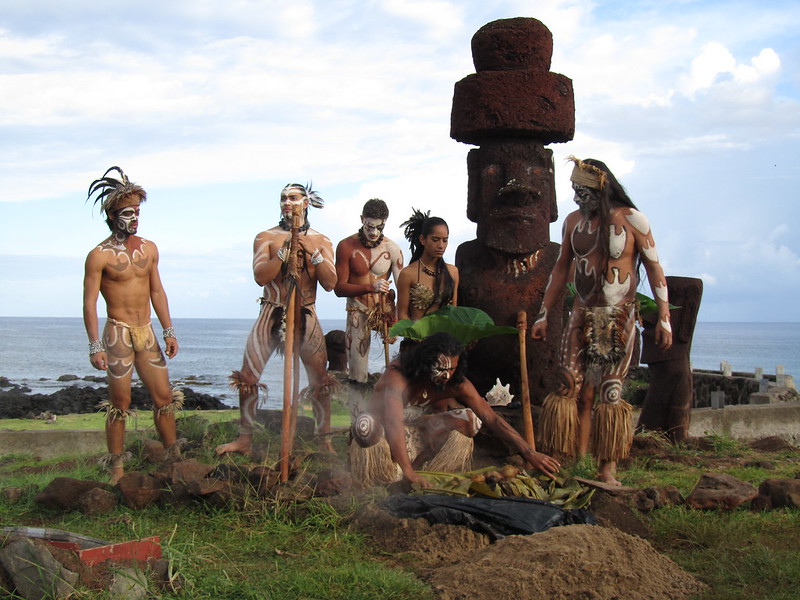
The civilization of Rapa Nui, best known for its massive stone statues called moai, flourished on Easter Island for centuries. However, the people who built these statues mysteriously vanished before European explorers arrived in the 18th century. Scholars believe deforestation and overuse of resources may have led to the collapse of their society, but the exact cause is still debated. The methods they used to transport the gigantic moai remain one of the greatest archaeological mysteries. Despite numerous studies, no definitive answer has been found to explain how such a small population managed such monumental construction. Their decline continues to fascinate both researchers and tourists alike.
The Cahokia Civilization
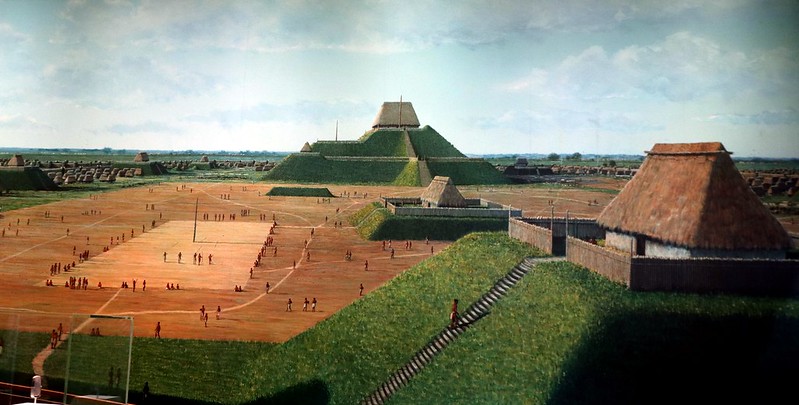
Located near present-day St. Louis, Missouri, Cahokia was a major Native American city that thrived from 600 to 1350 CE. At its height, it was the largest city north of Mexico, with a population exceeding 20,000. The people of Cahokia built massive earthen mounds, some of which are still standing today, but their sudden decline is unexplained. Environmental changes, disease, or warfare may have contributed to their downfall, yet no clear evidence has been found. Additionally, the culture and religion of Cahokia remain largely unknown, as no written records have survived. This once-great city continues to perplex historians and archaeologists alike.
The Göbekli Tepe Civilization
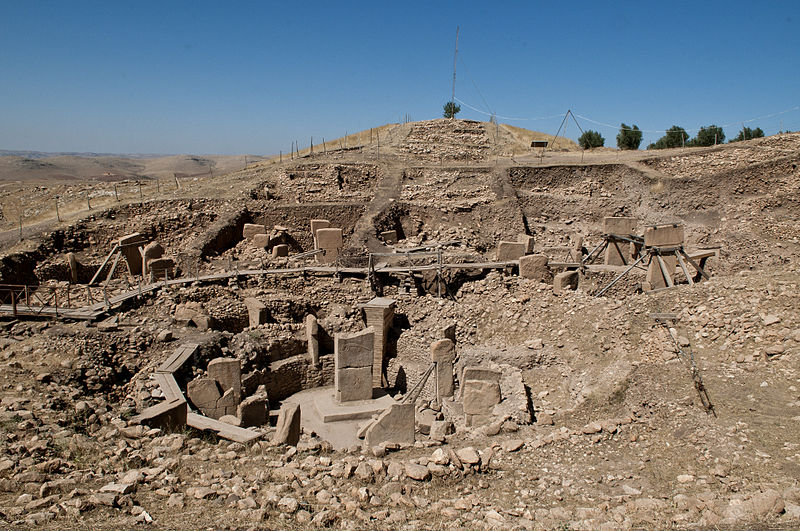
Göbekli Tepe, located in modern-day Turkey, is one of the most enigmatic archaeological sites in the world, dating back to around 9600 BCE. Predating Stonehenge by thousands of years, the site consists of massive stone pillars arranged in circles, carved with animal motifs. Historians are puzzled by the purpose of the site, as it was built before the advent of agriculture and permanent settlements. The civilization responsible for its construction left no written records, making it difficult to understand their culture or beliefs. The sheer scale of the site suggests a highly organized society, but how it disappeared remains unclear. Göbekli Tepe continues to challenge our understanding of early human history.
The Aksumite Empire
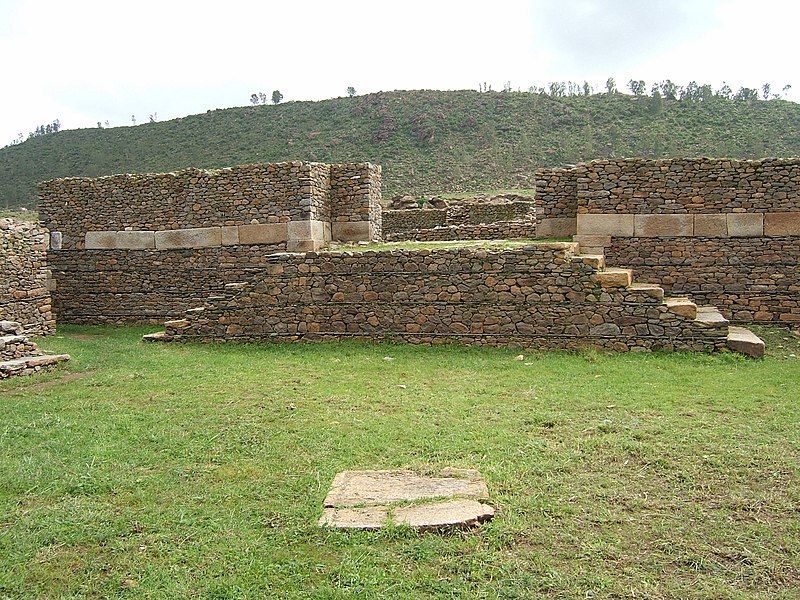
Once a major trading empire in East Africa, the Aksumite Empire was at its height between the 1st and 7th centuries CE. Known for its towering obelisks and as the purported resting place of the Ark of the Covenant, Aksum was a powerful force in the ancient world. Despite its influence, the empire mysteriously declined in the 7th century, and the reasons for its collapse are still debated. Historians suggest that the rise of Islamic powers and changing trade routes may have played a role, but there’s no definitive answer. The remnants of this once-great empire can still be seen in Ethiopia today, leaving researchers eager to uncover more about its fall.
This article originally appeared on Rarest.org.
More From Rarest.Org
Every culture has its own unique set of customs and traditions, and some may seem surprising or even strange to outsiders. Taboos, in particular, reflect deeply ingrained beliefs about what’s acceptable or not in different societies. Read more.
When it comes to luxury eyewear, the right pair of frames can elevate your style and make a lasting impression. These coveted brands stand out not just for their high-quality craftsmanship but for their unique designs and attention to detail. Read more.
Africa is home to some of the world’s most extraordinary and diverse landscapes, yet many of its hidden gems remain overlooked by travelers. From remote national parks teeming with wildlife to breathtaking natural wonders and ancient cultural sites, these destinations offer unique experiences far from the usual tourist paths. Read more.



